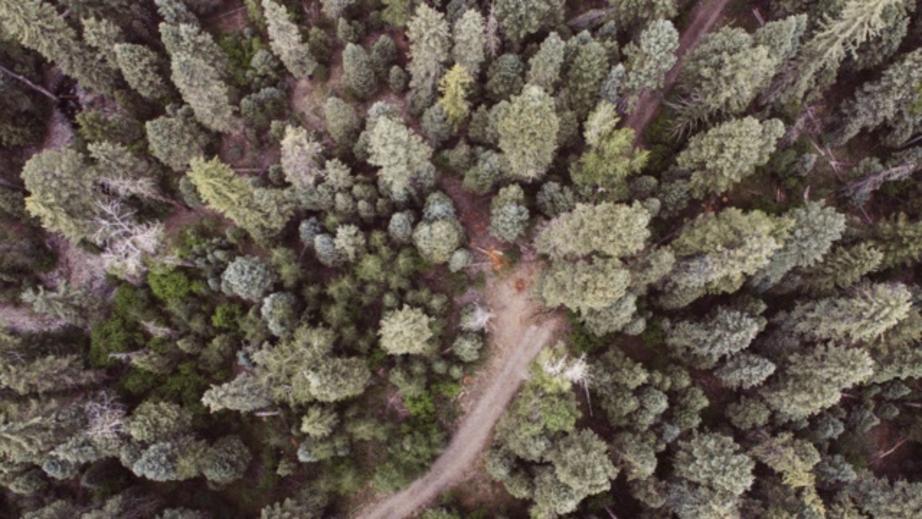How 1,600 people went missing from our public lands without a trace
When 18-year-old Joe Keller vanished from a dude ranch in Colorado’s Rio Grande National Forest, he joined the ranks of those missing on public land. No official tally exists, but their numbers are growing. And when an initial search turns up nothing, who’ll keep looking?
July 23, 2015 was the eve of Joseph Lloyd Keller’s 19th birthday. The Cleveland, Tennessee, native had been spending the summer between his freshman and sophomore years at Cleveland State Community College on a western road trip with buddies Collin Gwaltney and Christian Fetzner in Gwaltney’s old Subaru. The boys had seen Las Vegas, San Francisco, and the Grand Canyon before heading to Joe’s aunt and uncle’s dude ranch, the Rainbow Trout Ranch, in the San Juan Mountains in southwestern Colorado.

The ranch is in Conejos County, which is bigger than Rhode Island, with 8,000 residents and no stoplights. Sheep graze in the sunshine; potatoes and barley are grown here and trucked north to Denver. Three new marijuana dispensaries in the tiny town of Antonito lure New Mexicans across the nearby state line.
 Map of Rio Grande National Forest and Rainbow Trout Ranch areas of Colorado. Illustration: Petra Zeiler
Map of Rio Grande National Forest and Rainbow Trout Ranch areas of Colorado. Illustration: Petra Zeiler
Conejos—Spanish for “rabbits”—is one of the poorest counties in Colorado. It’s also a helluva place to get lost. While its eastern plains stretch across the agricultural San Luis Valley, its western third rises into the 1.8-million-acre Rio Grande National Forest, which sprawls over parts of nine counties. Go missing out here and your fate relies, in no small part, on which of those nine counties you were in when you disappeared.
Joe, a competitive runner, open-water swimmer, and obstacle-course racer, and Collin, a member of the varsity cross-country team at Division I Tennessee Tech, had been running together often during their trip. Neither was totally acclimatized to the altitude—the ranch sits just below 9,000 feet. Joe was a bit slower than his friend. He suffered from asthma as a three-year-old but had kicked it by age 12. The workout would be routine: an hourlong run, likely along Forest Road 250, which bisects the ranch and continues into the national forest, following the Conejos River upstream.
Joe left his phone and wallet at the ranch house. He wore only red running shorts, blue trail shoes, and an Ironman watch. Shirtless, with blond anime hair and ripped muscles, he looked more like a California lifeguard than a Tennessee farm kid.
4:30 P.M. The friends started out together. Neither runner knew the area, but old-timers will tell you that even a blind man could find his way out of Conejos Canyon: on the south side, runner’s left, cattle graze in open meadows along the river. On the north side, ponderosa pines birthday-candle the steep tuff until they hit sheer basalt cliffs, a massive canyon wall rising 2,000 feet above the gravel road toward 11,210-foot Black Mountain.
 Joe Keller coaching at a Tennessee swimming championship in July 2015. Photo: Courtesy of the Keller Family
Joe Keller coaching at a Tennessee swimming championship in July 2015. Photo: Courtesy of the Keller Family
As the two young men jogged by the corral, one of the female wranglers yelled, “Pick it up!” They smiled and Joe sprinted up the road before the two settled into their respective paces, with Collin surging ahead.
The GPS track on Collin’s watch shows him turning right off Forest Road 250 onto the ranch drive and snaking up behind the lodge, trying to check out three geologic outcroppings—Faith, Hope, and Charity—that loom over the ranch. But the run became a scramble, so he cut back down toward the road and headed upriver. A fly-fisherman says he saw Collin 2.5 miles up the road but not Joe. Collin never encountered his friend; he timed out his run at a pace that led to puking due to the altitude.
No Joe. Collin moseyed back to the ranch house and waited. An hour later, he started to worry.
 David Paulides—founder of the CanAm Missing Project and author of Missing 411 Hunters: Unexplained Disappearances—is committed to finding missing persons. Photo: Courtesy of David Paulides
David Paulides—founder of the CanAm Missing Project and author of Missing 411 Hunters: Unexplained Disappearances—is committed to finding missing persons. Photo: Courtesy of David Paulides
For the rest of this article please use source link below.

